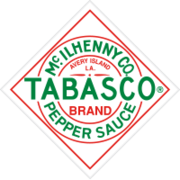“Religious foods”, as I call them, sweets and savouries that are part of fasting and feasting rituals, are interesting because they often show up histories of ingredients that we may have long forgotten. In a large part of the Indo-gangetic plain, autumn is the season for batashas – simple, aerated sugar confections often thought to resemble meringues, even though no egg white is used to make these.
For many of us, these may be fairly commonplace. Temples, gurudwaras and even small altars at home always have them handy to be given out as blessed offerings, all year round. But that’s only because the sugar confections are not only cheap to make but also because they can be stored for almost indefinite periods of time.
However, forget their year-round usage, batashas are autumn confections, when sugar cane in large parts of the country is harvested and a period of religious festivities begins marking the Agrarian calendar. For the nine days of Navratras that precede Dussehra in the Hindi heartland, batashas dipped in ghee are what is offered to the fire as a ritual to ensure prosperity through the new Agrarian cycle.
 (+44) 785-3015698
(+44) 785-3015698 info@grocee.co.uk
info@grocee.co.uk






































































Reviews
There are no reviews yet.